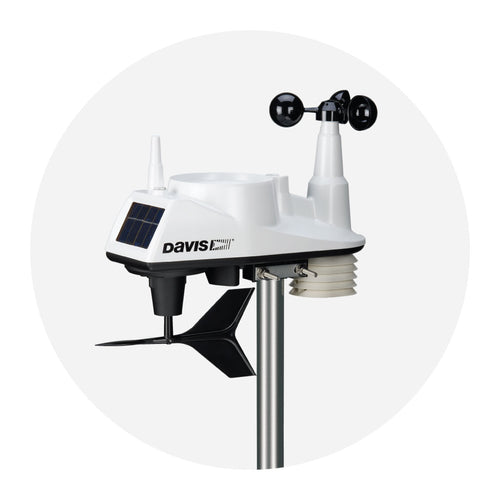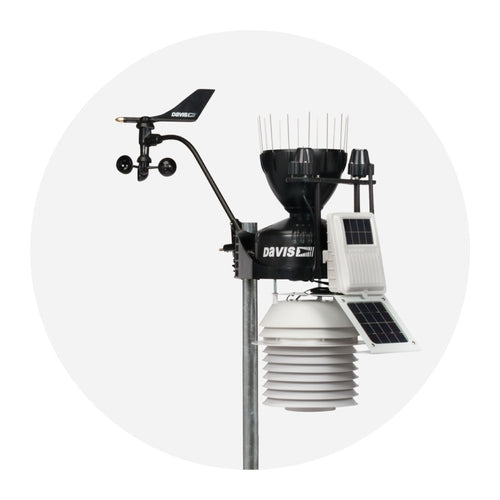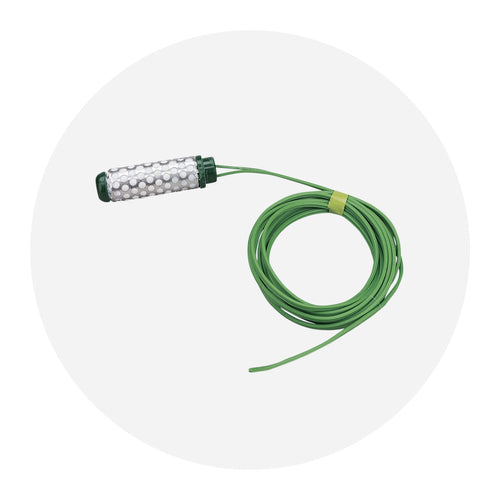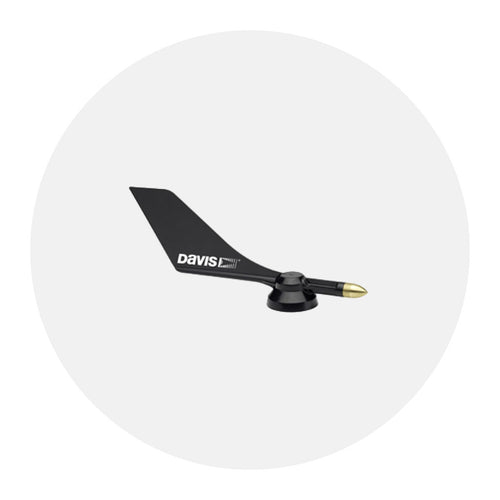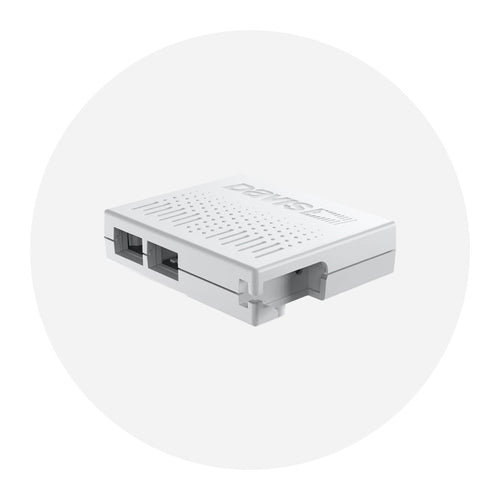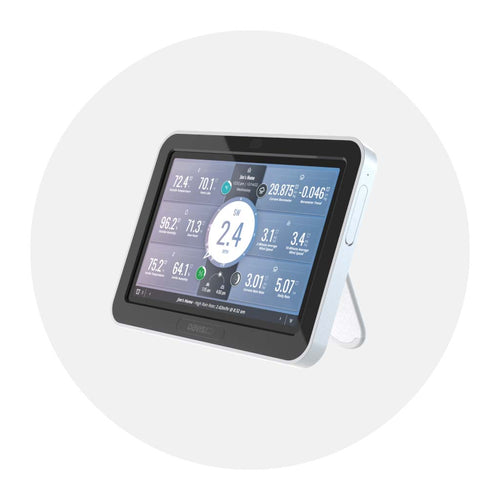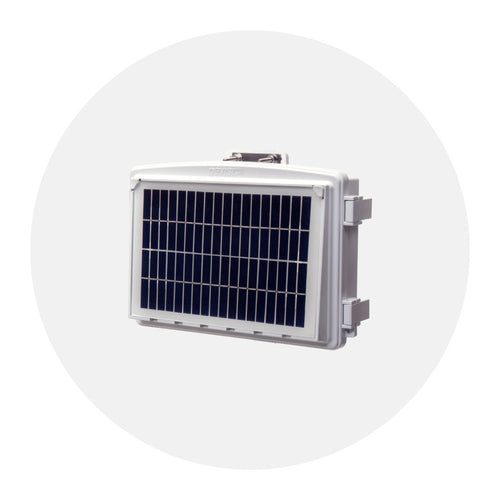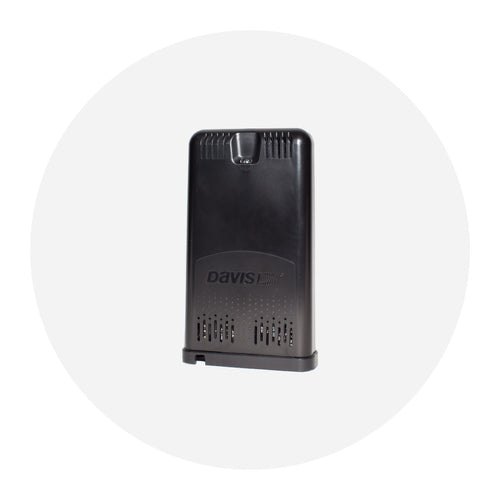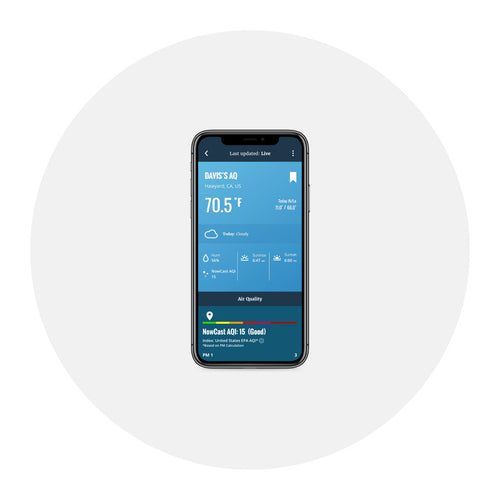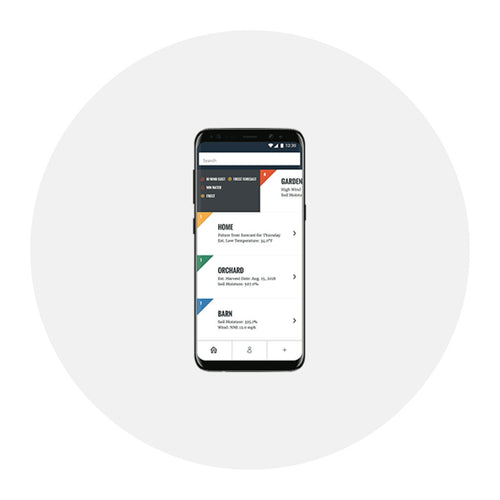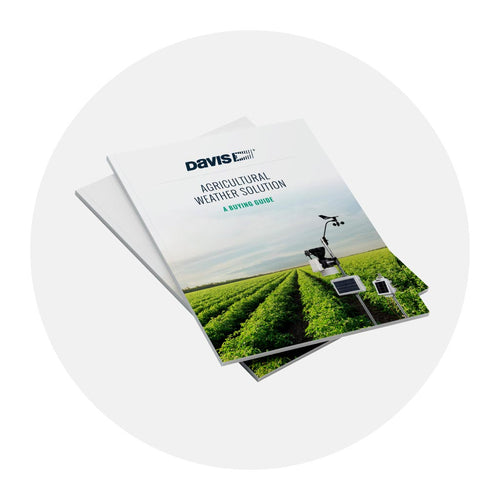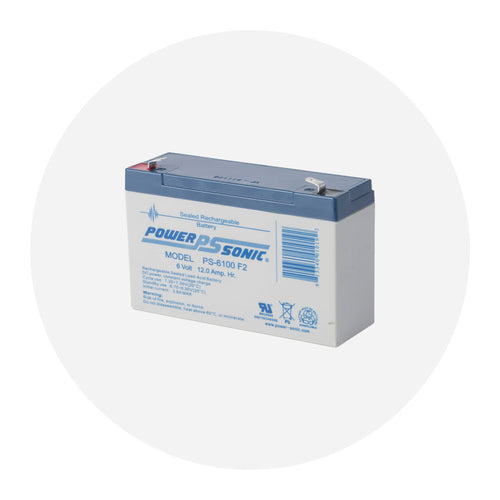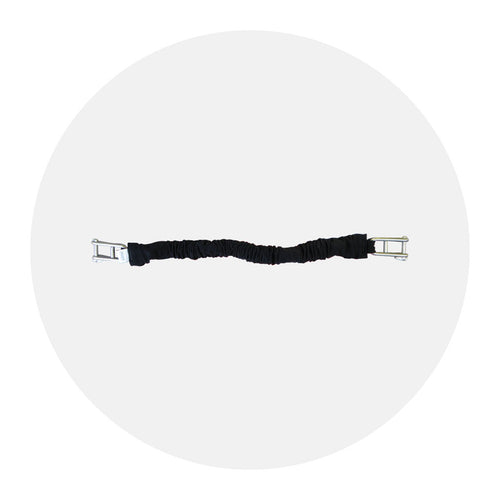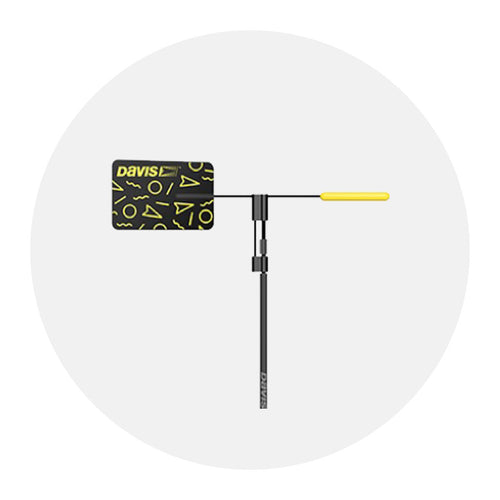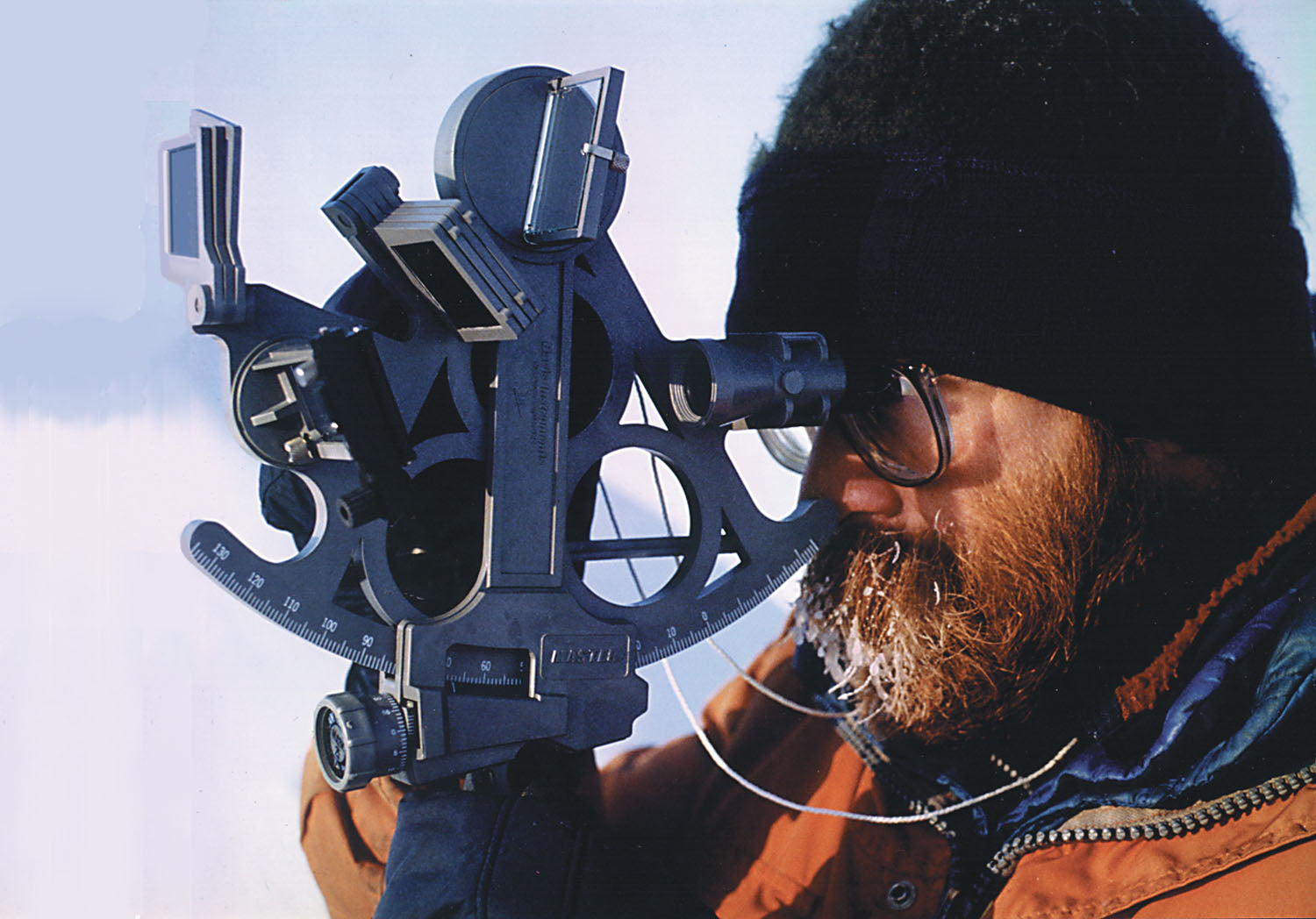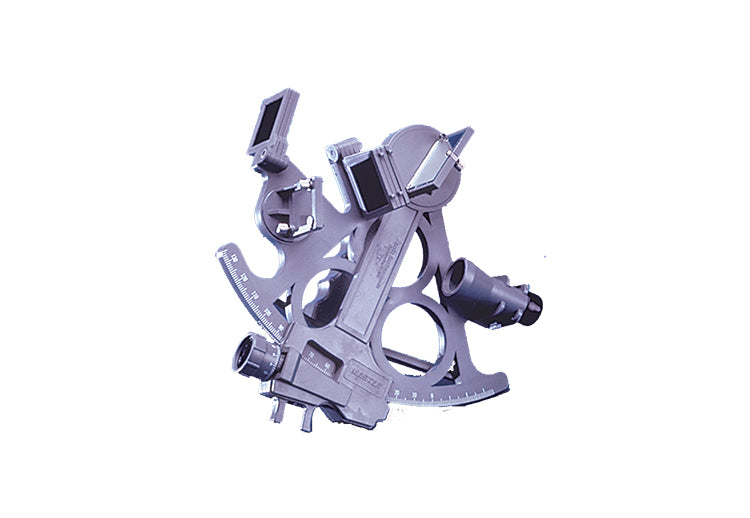
Mark 25 Sextant Navigation Tool - SKU 25
A sextant is an excellent tool to have on board any size craft as a backup in case there is a failure of the navigational systems. Used to measure the angular distance between two visible objects, the most common sextant navigation points are an astronomical object and the horizon. Sextants have many uses, ranging from measuring the distance of a landmark to determining Greenwich Mean Time.
The top-of-the-line Davis plastic sextant, the Mark 25 features our Beam Converger™ mirror, sometimes referred to as a “full horizon mirror." A special coating is applied to high quality optical glass to allow the user to see through this mirror, yet still pick up images as faint as low-light stars.
Highlights Click here to learn more about the product.
- The top-of-the-line Davis plastic sextant, the Mark 25 features our Beam Converger™ mirror, sometimes referred to as a “full horizon mirror." A special coating is applied to high quality optical glass to allow the user to see through this mirror, yet still pick up images as faint as low-light stars.
- The Mark 25 is illuminated by a long-life LED and made of an upgraded plastic that is very stable.
- Comes with instruction booklet.
FAQsClick here to view popular questions and answers about the product.
Are Sextants Still Used Today?
The sextant was first used in 1731. In recent times, they have been used to backup electronic navigational systems. In 2016, the Chief of Naval Operations and U.S. Navy ordered that crewmen should be trained to use the sextant as a backup navigational device in case of power failure. It is always considered a good idea to have a sextant and know how to use one in case of navigational instrument failure. When you are ready to buy sextant instruments for your craft, Davis Instruments is known for its quality.
How Does a Sextant Work?
The sextant uses two mirrors to measure the distance between objects. One of the mirrors only has silver on half of it to allow some light to pass through. This half-silver mirror is used to look at the horizon. Meanwhile, the second mirror is attached to an arm that moves. This mirror is moved to a position where the sun’s reflection also reflects onto the first mirror. When you view this through the eyepiece, you see the sun superimposed on the horizon. The angle can then be read using the scale at the bottom of the sextant. You can use any two objects to do this.
What is a Sextant Used to Measure?
When a sextant is used to estimate the angle of a celestial object and the horizon, it is called sighting the object or taking a sight. The angle and the time when the measurement was taken are used to determine the position on a nautical chart. For instance, you can shoot the sun at noon or Polaris at night to estimate your latitude.
A sextant can also be used to measure the distance of an object using its height, and it can be used to measure the angles between two objects to obtain the position on a chart. Another use of the sextant is to shoot the moon and another object to determine Greenwich Mean Time and longitude.


